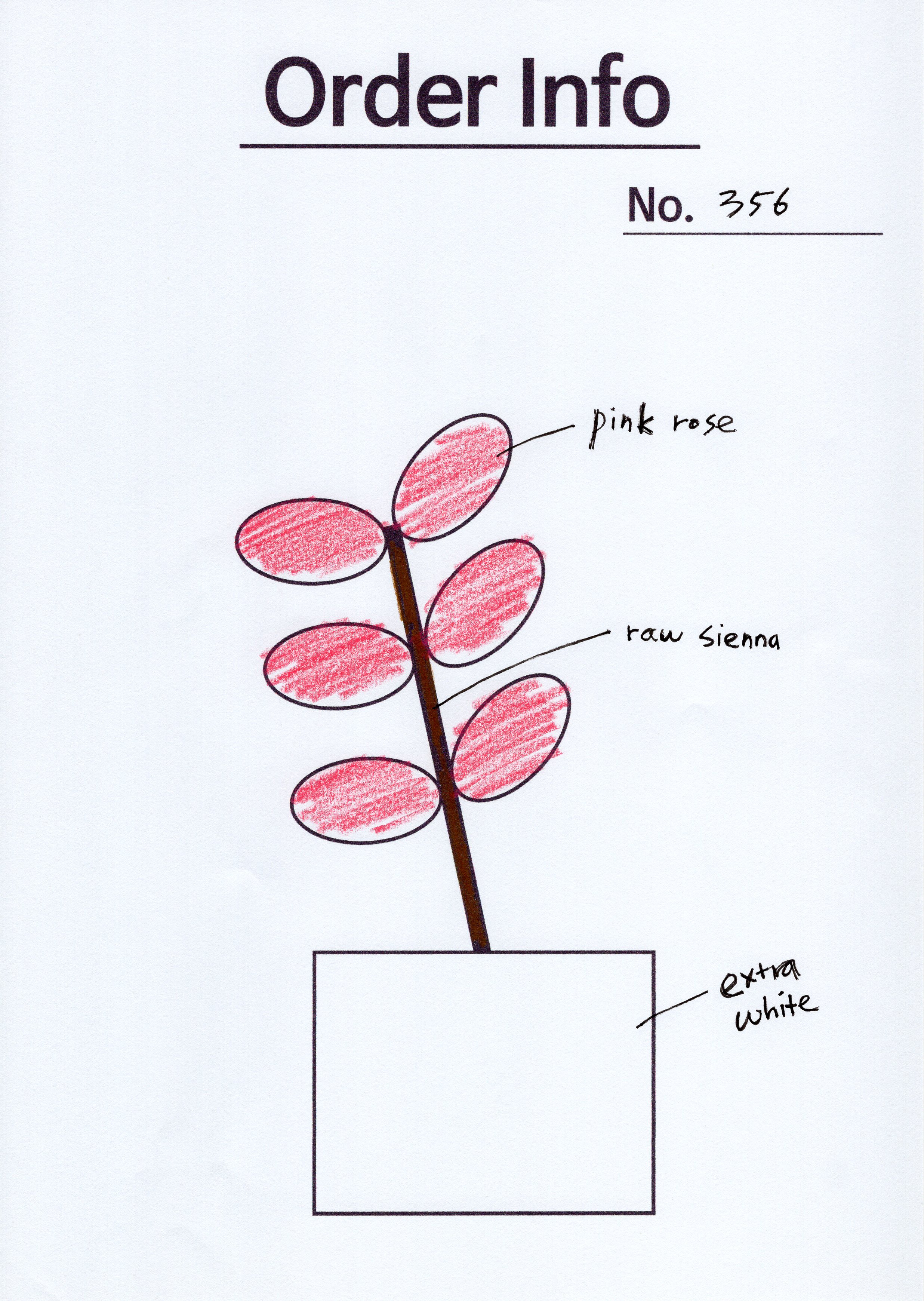‘한 여자가 아파트 베란다에서 식물이 되고, 함께 살던 남자는 그녀를 화분에 심는 이야기였다’
- 한강의 <채식주의자>에 실린 ‘작가의 말’에서,
<채식주의자>의 단초가 된
단편 소설에 관한 작가의 말
시작은 실내에서 키우는 식물들에게서 무력함을 느끼면서부터였다. 그리고 그 무력함은 내가 몇 년간 앓았던 무기력함과 닮아있었다. 하지만 나는 몇 권의 식물과 관련된 책을 읽으며, 그리고 보도블록을 뚫고 자라난 식물들의 사진을 찍으며 생각이 달라졌다. 식물은 약하지만 강했다. 그들은 외부의 공격으로부터 스스로를 방어할 손도, 도망칠 발도 없어서 쉽게 침략당한다. 그러나 그들은 같은 자리에서 혹은 낯선 곳에서 다시 그 모습을 드러낸다. 이런 식물의 약하고 강한 모습이 인간과 동물에게도 있다고 생각한다. 존재하는 우리는 모두 약하고, 그리고 강하다.
‘A story about a woman who becomes a plant in her apartment and the man who was living with her plants her in the pot.’
- from the author's note
of the book <The Vegetarian>,
which explains the short story
that was the motive of the novel
Indoor plants seemed helpless, and it was similar to the sluggishness I had previously experienced. However, my perspective has evolved after reading books about indoor and outdoor plants, as well as frequently photographing plants that appear haphazardly on pavements. I didn't realize how powerful the plants were. They were, indeed, weak, but they were also strong. They have no feet or hands, therefore they are unable to defend themselves against attacks or flee. No matter how many times they are damaged, though, they always find a way to grow back. This is a trait that I believe both people and animals share with plants. Every creature possesses both strength and frailty.




























